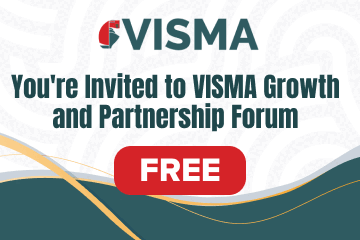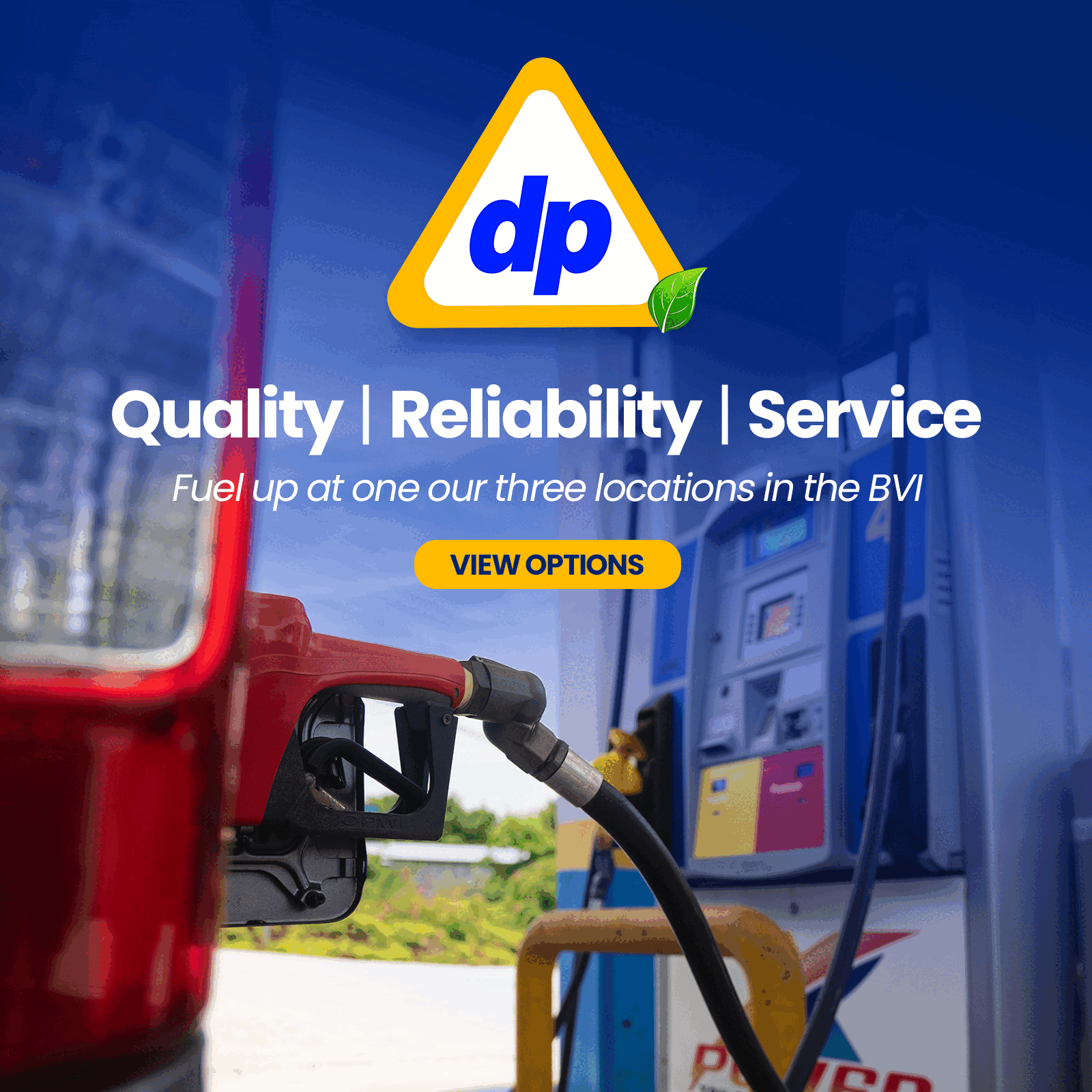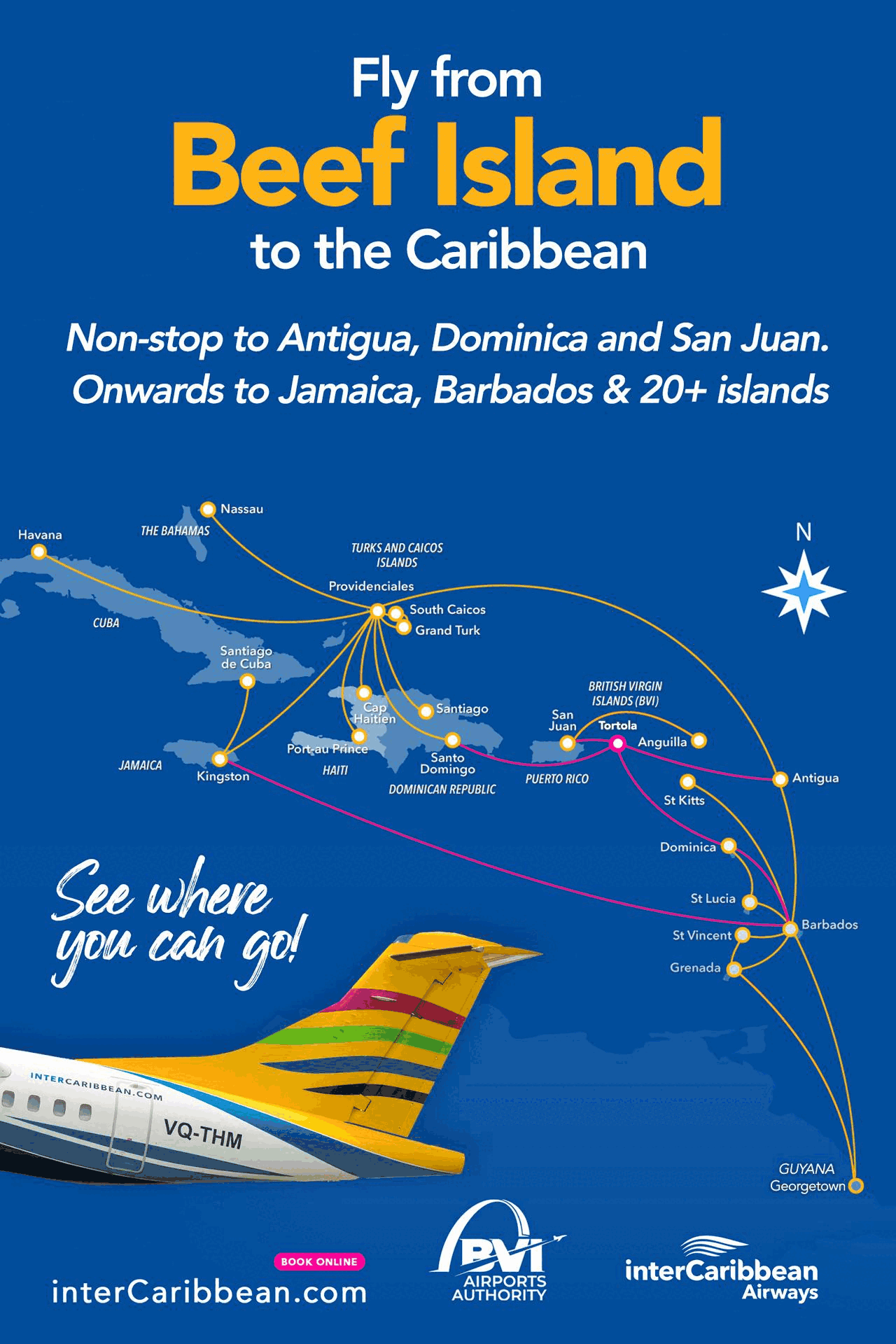Value & Supply Chain
OK. The scope, type, and value of capital assets sitting in the Virgin Islands require observation, assessment, and evaluation. Why? Detailed assessment of the wealth-generating assets of the Virgin Islands – the capital mix- is beneficial for economic and social planning. It is also important information for organizations and businesses, both local and international. The innovative management of capital is key to the Virgin Islands' prosperity.
In fulfilling the vision of a developed Virgin Islands, the community must determine what capital resources sit in the country, including capital reserves outside the country, but owned by citizens and Virgin Islands organizations. The capital mix is there to drive the Virgin Islands to El Dorado- the Promised Land. The flow of capital towards a vision of the economic future is rightly termed the value and supply chain.
Assessing and then evaluating the Virgin Islands' capital mix is the most essential component of Virgin Islands' economic management. What type of economy the country possesses depends on the type of capital mix it harbors.
Then, is there an official list of wealth-generating assets also known as capital assets for the Virgin Islands? How is capital valued? What are the features of the capital mix unique to the Virgin Islands? What office is responsible for oversight of capital? Clearly, it is the new ministry of economic planning in the case of this Virgin Islands Party Government.
Now, value and supply chains are the movements of capital in a specific sector through the various stages, from pre-production, through to production, to final product or service. In essence, the value supply chain is the pathway of the capital mix governing the supply of a product from start to finish. It begins with initial input and ends with the final output.
Value and supply chains are the strategic flow or movement of the capital mix responsible for producing a product within a specific sector of the economy. The chain proceeds systematically, stage by stage, until the process is completed and the product cycle concludes. At the end of the cycle is the consumer. The profitable business and satisfied consumer is the objective of the process.
Value Supply chains define the processes from start to finish of providing a product or service, and the type of capital mix required. It is therefore imperative that the Virgin Islands identifies its value and supply chains for the various businesses in each sector of the economy. This evaluation is core to ensuring good economic governance, and good economic outcomes.
All sectors of the Virgin Islands economy, including the businesses and organizations within the various sectors such as tourism, financial services, and agricultural and food markets, and internal markets that serve the community, possess value and supply chains.
These chains are the wealth-generating activities of the businesses and organizations within each sector. For example, the value supply chains in tourism contain all the organizations and businesses in tourism. The chains adopt the various stages from the start of a production process to the final stage of selling the tourism product.
Each stage of that process, is a link in the value and supply chain. Policymakers evaluate the value and supply chain to identify what decisions add value to the tourism product, and what activities to avoid.
It is the same with financial services: where does a financial service begin and where does it end? How do the various stages of the process increase the value of the product so that at the end of the process there is increased revenue and capital gain?
In agriculture, the value supply chains in the various businesses begins with the what, when, where, how and why of land acquisition, the control and management of arable land, to the sowing, reaping and marketing of farm produce, livestock and fish stocks.
Dickson Igwe



















.png)

















2 Responses to “Value & Supply Chain”